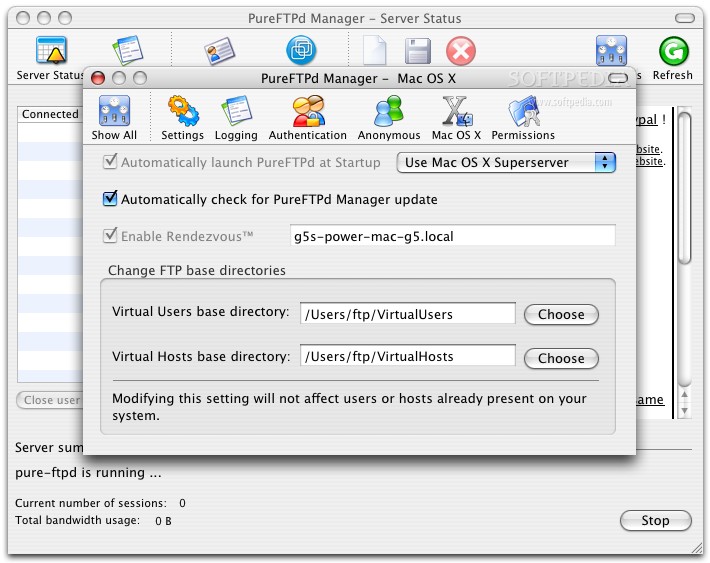
the router runs a TFTP client and you need to host the firmware image on a TFTP server. The below article mainly advises on the first mode of recovery, i.e. many Netgear routers, run a TFTP server in recovery mode, and you need to upload the firmware to the device using a TFTP client.
#Open tftp client download#
Other devices do not have automatic pull function and they need you to manually TFTP copy commands in recovery mode to download the firmware via TFTP and initiative the install. Some devices then will automatically pull the network-provided firmware file over TFTP network protocol to the OpenWrt and hopefully recover with a successful emergency flash process.

Then device with the broken firmware then has to be started up in TFTP recovery mode.
#Open tftp client software#
There are two potential modes of operation:įor many routers, the recovery process requires you to host the firmware image on a TFTP server on your computer. After setting up the hardware and software environments and opening the terminal program and the TFTP server, open the wifitftpspifisbl.uvprojx project. Windows OS is unable to locate the default uninstaller of the program. In case of a failed flash process or in case of a misconfiguration, the device's boot loader usually remains untouched and can therefore be used to reflash the firmware and recover the device. Open TFTP Server was not properly or completely installed previously.

On most devices, the vendor provides a boot loader on a discreet partition that is untouched by firmware updates. The TFTP server and client both fully support TFTP options like timeout, blocksize, and tsize, allowing the highest level of performance for data transfers. Unplug the router, get a TFTP client for the PC, and connect it via network cable to a router LAN port Latest version.
#Open tftp client how to#
This article describes how to do an initial flash or a TFTP recovery flash for your device.

Change the IP address of your computer/ laptop. It also includes DHCP, SNTP, DNS, and Syslog servers. Paste the firmware inside the TFTP folder. If you keep TFTP-Server running or if you keep the TFTP-client tool available to run anytime, then abusive hackers can abuse/exploit it, to load harmful firmware and/or to change sensitive security settings inside your existing router firmware 1, 2, 3, 4, 5, 6, etc. It is a lightweight, free, and open-source IPv6-ready application with a TFTP client and TFTP servers. (frwl rule # 3) TFTP traffic is Not-Allowed when originated from Internet-ip-address (aka: NON private- LAN ip-address ranges)Īnd you must also make sure to do this: after your develop / troubleshooting etc work is done or when you pause to goto other work, then make sure the TFTP-server and TFTP-client both are completely disabled in your OS/distro : turn off TFTP-Server service / process, disable TFTP-server startup script file, and move the TFTP-client ( tftp) & the TFTP-server ( tftpd) executable / binary ( bin) files out of all folders mentioned in your PATH variable, into a different folder (which is NOT in the PATH variable), and also move bin files out of the folder which is mentioned in startup-script (if such is used).


 0 kommentar(er)
0 kommentar(er)
